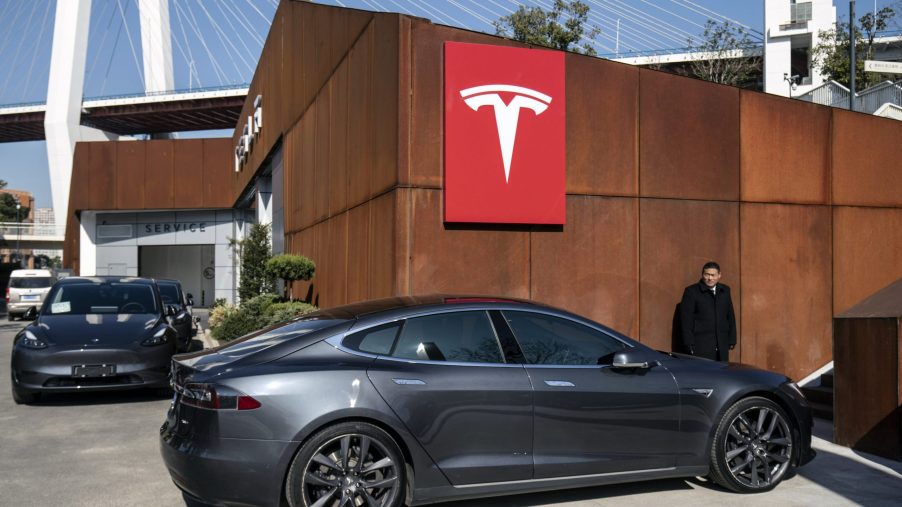
Fail to Pay Attention and Tesla Will Revoke Your Full-Self Driving Beta Access
Each day, we get closer to a reality that’s filled with fully self-driving cars. Some Tesla owners have already been able to test out this function in the future. With the tap of a button, Elon Musk’s luxury, high-tech vehicles are able to autonomously navigate to a Level 2 degree. Ironically, however, Tesla is taking anything but a hands-off approach to protecting users of the feature. The vehicle has its eyes on you . . . to make sure that your eyes are on the road.
Some drivers have already gained access to the beta button
Tesla’s ability to be one of the first mainstream, self-driving vehicles was touted long before the feature was actually rolled out. While owners have been able to dabble with the company’s Autopilot feature, it was only recently that the brand began rolling out the first rounds of its Full-Self Driving (FSD) feature in very small doses.
According to MotorTrend, drivers’ ability to give the feature a test drive relies on them having already purchased the FSD driving system, an upgrade that could’ve set them back around $7,000. Now, the feature costs $10,000 to add. It’s a high price to pay for software that wasn’t even available at the time of their vehicle purchase, but those early investors have now been among the first to try out the futuristic feature.
An April Tweet from Elon Musk saw the CEO estimating full beta access before the end of June. He also promised that the FSD subscription would be available for purchase (at a much higher price tag than those early buyers paid) in May.
Musk’s timelines are known for being pretty aspirational, so we’ll see when the autonomous autos are really hitting the streets on a large scale. And before you start worrying about being rear-ended by a robot, you’ll want to know about how Tesla is ensuring their drivers stay engaged.
Tesla is tracking inattentive drivers
The car industry has gotten to a point where their tech is evolving faster than the laws regulating it. While some have wondered about the safety of Tesla’s Autopilot and self-driving features, the company is taking steps to keep its consumers in line. In a mid-March update, Musk took to Twitter to say, “FSD Beta has now been expanded to ~2000 owners & we’ve also revoked beta where drivers did not pay sufficient attention to the road. No accidents to date.”
This information is encouraging for those who are living in fear of unmanned cars. MotorTrend shared it in a recent article to remind “eager Teslarati” that the Autopilot and FSD systems were never designed to be “hands-free, kick-back-and-let-the-car-do-the-work” solutions. But while none can deny that the Tesla is a uniquely “smart” car, how exactly can it tell whether or not you’re paying attention to the road?
What the Musk machines are watching for
According to the same MotorTrend breakdown, Teslas are making use of existing safety equipment that was initially designed for the semi-self driving feature, Autopilot. Drivers who have previously used that software will be familiar with the wheel and seat sensors — a tool that monitors pressure to ensure that you aren’t abandoning your post or going hands-free for too long.
Taking things a bit further, the cars are now making use of their in-vehicle cameras, which had previously been disabled and lying in wait for use. The AI equipped in the monitoring software tracks drivers’ eyes, heads, and sunglasses, and even makes an effort to deduce whether or not you’re using your phone.
The technology is certainly still in its infancy. Problems and — hopefully quick — solutions are bound to arise. Still, the future has never felt closer to the present.


